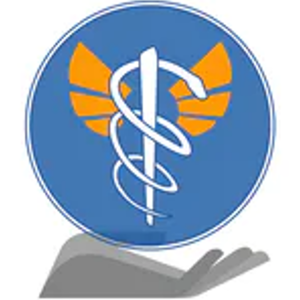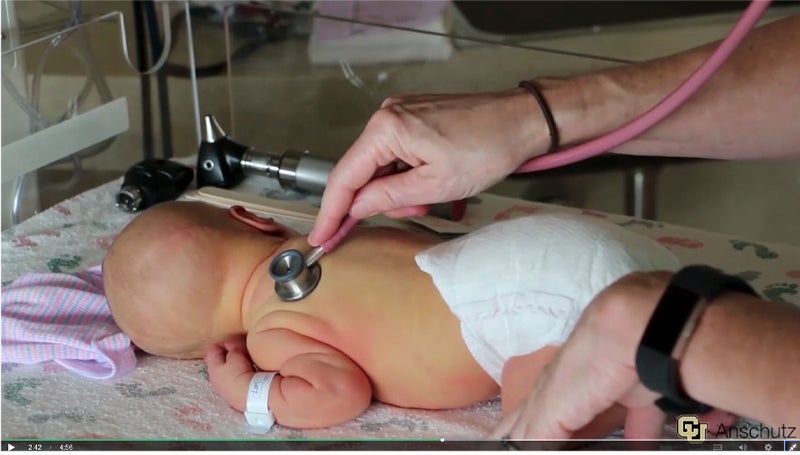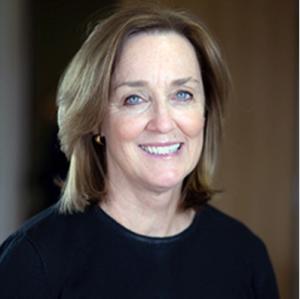CU system Coursera courses see exponential growth during pandemic
By Jaimie Henthorn and Jill Lester
One sector of higher education that has experienced an unequivocal boom since the onset of the COVID-19 pandemic is the MOOC (massive open online course). It seemed as though such courses already had peaked, troughed and plateaued on the hype cycle, however, the increase in re-skilling from home and the revolution in online course delivery on a global scale have created the perfect storm for a MOOC revival.
The CU system experienced this exponential growth with a course enrollment increase of 460% from 2019 to 2020. Despite only 10% of Coursera learners paying for enrollment, there has been a 53% revenue increase across the same 12-month period.
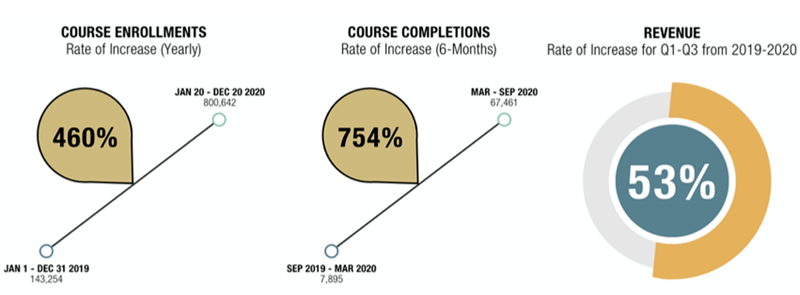
MOOCs began at CU as an experiment in 2013 and now are seen as a respected course option in the current higher education landscape. To put this recent growth in context, a 2016 estimate had CU System Cousera someday generating $250,000 per year. In 2020, CU system courses generated $256,000 in a single quarter.
In this historical moment defined by COVID and stories of obstacles and loss, CU system MOOCs are yielding an unexpected impact on learners and rate of return.
Health care courses showed the most dramatic increase in learner engagement during the pandemic. Instructors from the CU Anschutz Medical Campus, as well as Denver Health and Children’s Hospital Colorado, are now the authors of courses with some of the highest course completion rates seen on Coursera. These health care topics demonstrated an increase of over 750% in course completions since the start of 2020.
One such series of courses, Palliative Care: It’s Not Just Hospice Anymore, covers a particularly timely health care topic.
“It is amazing to see 500 new people enrolling in the courses every week,” said instructor Amos Bailey, M.D., professor of hospice and palliative care. “The number of students active in any week climbed to over 1,400 students, whereas before, we might have 200 to 300 active students. People are eager to learn.”
This surge also is apparent in the specialization Become an EMT, which leads to qualification to sit for the National Registry EMT exam. Lead instructor Angela Wright, M.D., assistant professor of emergency medicine, has seen remarkable enrollment growth during the pandemic.
“Over 25,000 people have shown interest in joining the health care field by enrolling in our EMT courses,” Wright said. “It is heartwarming to see the doors opening to learners to gain the skills and certification needed to enter the health care workforce.”
The correlated revenue boost increased course revenue to campuses, departments and faculty. Participating faculty are free to accept these funds as royalties or invest them in their education programs and research.
Mary Kohn, M.D., associate professor of pediatrics and lead instructor of Coursera specialization Newborn Baby Care, said they are used for education in general pediatrics.
“Our first purchases will be patient education materials regarding the effects of marijuana during pregnancy and lactation,” Kohn said. “We will buy a dual-headed stethoscope for teaching about murmurs in the newborns. The increase in interest in the course during the pandemic is what is making this possible.”
Added Wright, “The additional Coursera revenue makes it possible to build out and strengthen our programs that work with the communities we serve through EMS outreach and education.”
So what’s next? More than ever, the CU system is working with Coursera to find the points of intersection between content areas predicted for success and faculty ready to author courses on these topics. Faculty or Coursera may initiate this process with CU Anschutz, UCCS and CU Denver by faculty pitching content ideas, or Coursera sharing what they have identified as high-demand topics with partner institutions. Coursera may then offer incentives to university partners to build courses on those topics.
Oxana Trotsenko, lecturer in the CU Denver School of Business, launched one such strategic partnership, the Agile Leadership courses, in August 2020. Responding to a Coursera request for proposals, Trotsenko was awarded a production advance for course creation on a Coursera-identified topic.
“The pandemic became the perfect use case for agility in today’s business environment that is already highly saturated with the fast-paced change that drives uncertainty,” Trotsenko said. “The tools offered to learners for navigating personal and career challenges are now more relevant than ever.”
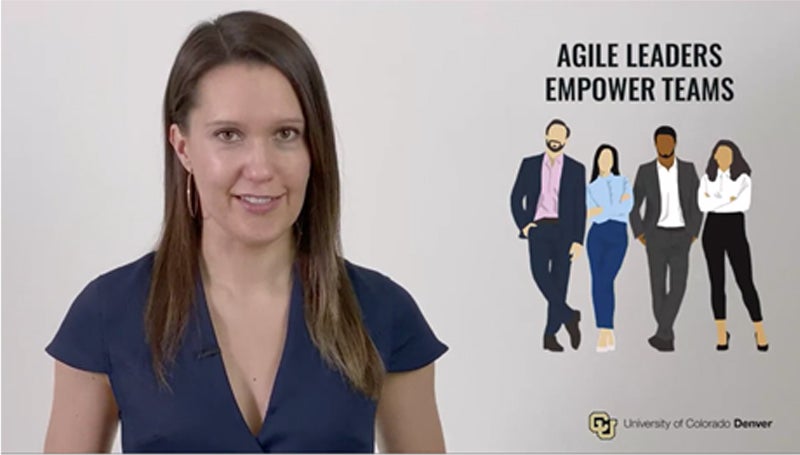
Inspired by the success of Become an EMT, the Department of Emergency Medicine at CU Anschutz will add another set of courses to the platform on Wilderness Medicine that, similarly, can lead to nationally recognized certification in the U.S.
“The increasing popularity of health care on Coursera makes the prospect of launching courses more appealing,” said lead instructor Jay Lemery, professor of emergency medicine-wilderness and environmental medicine. “Seeing a significantly greater impact reflected in enrollment numbers as well as revenue brought into the university make the proposition of investing the time to build out this content more appealing.”



